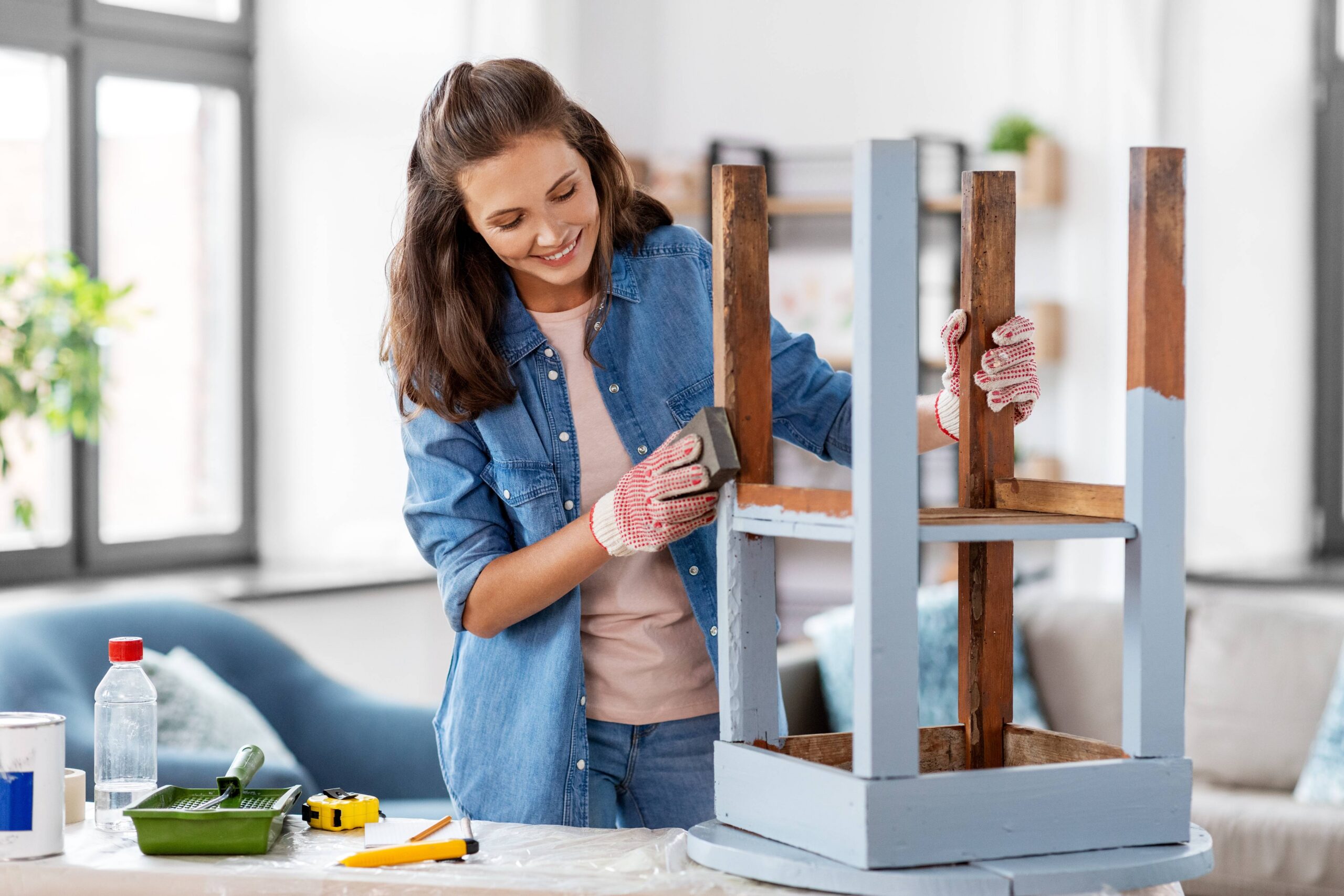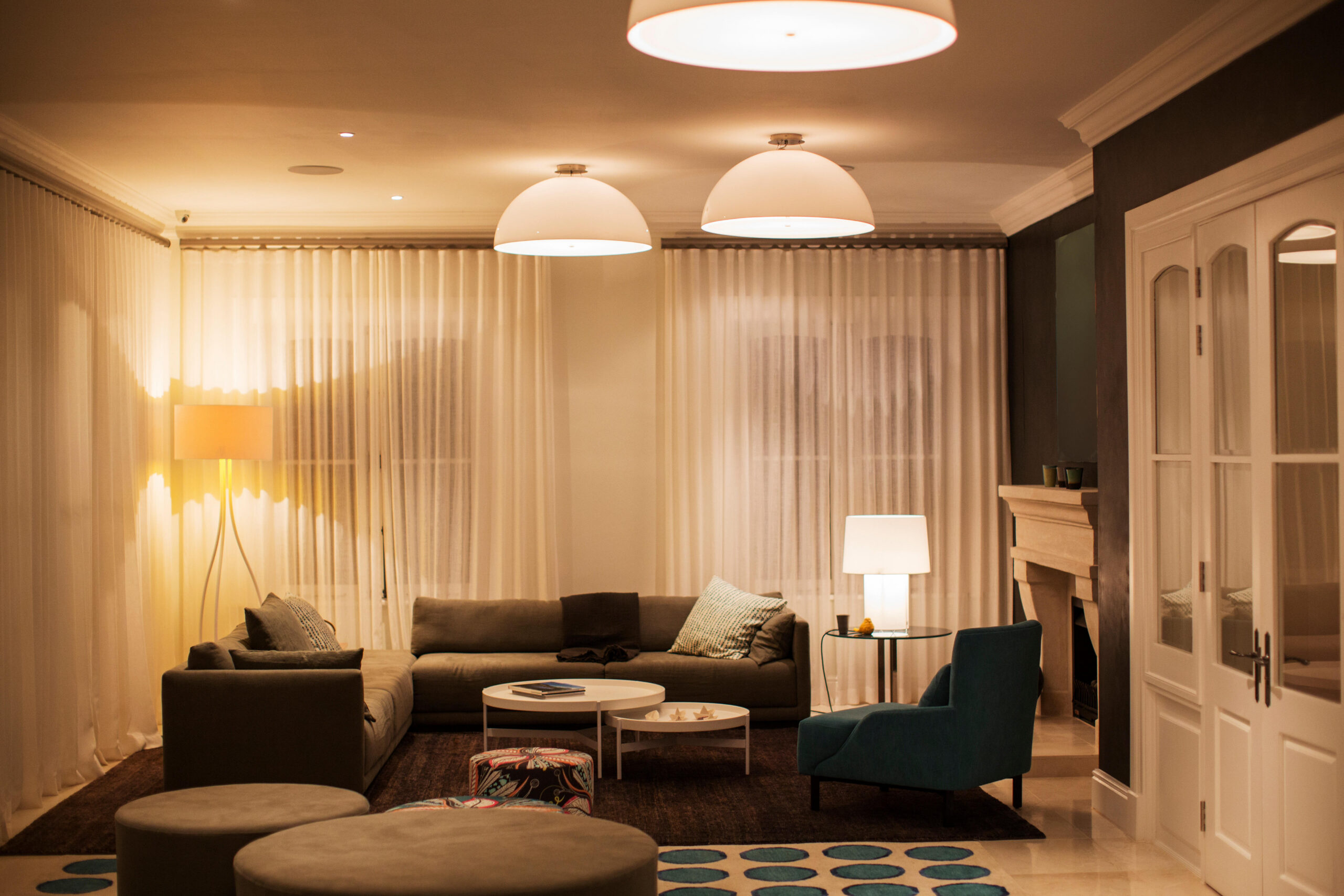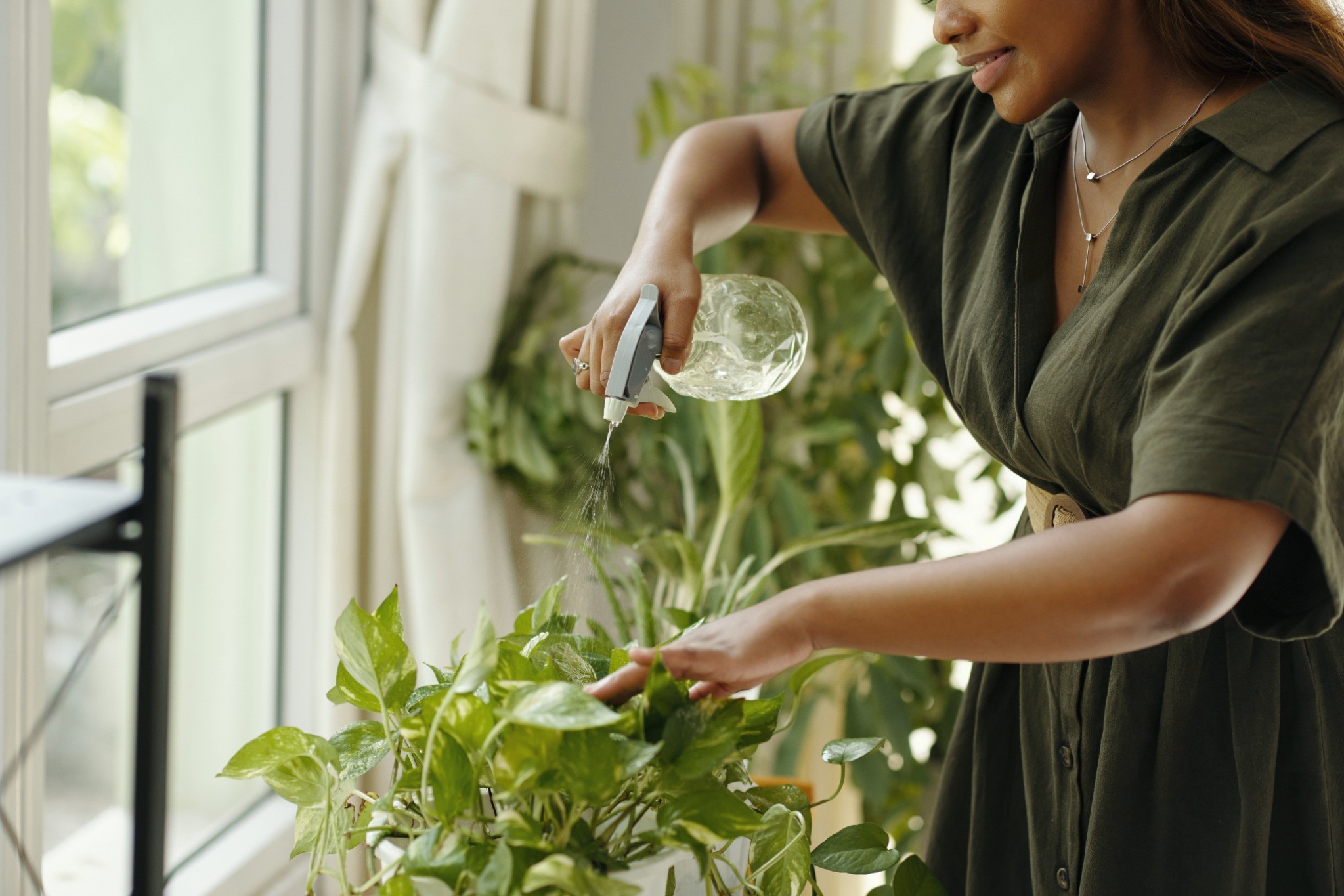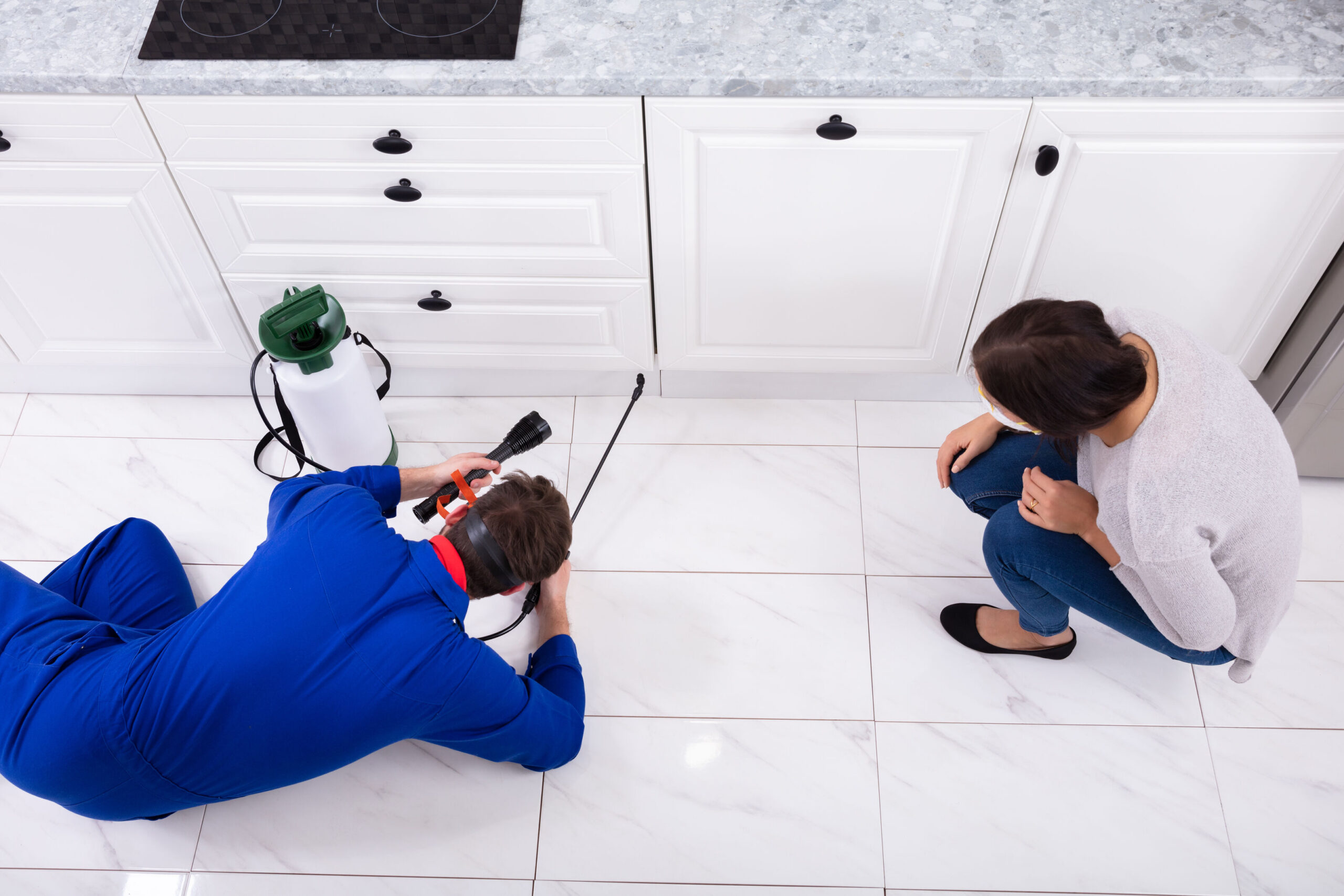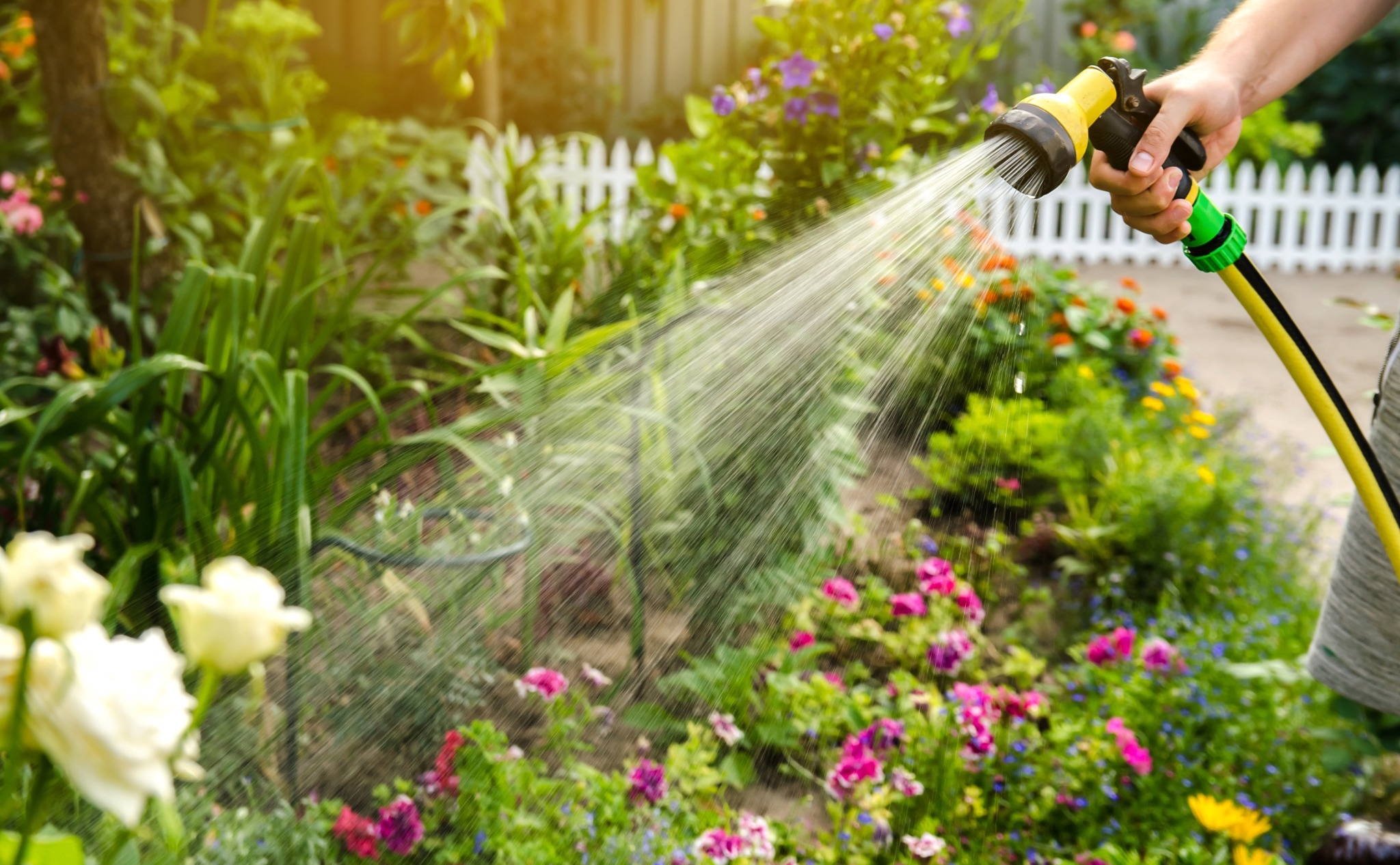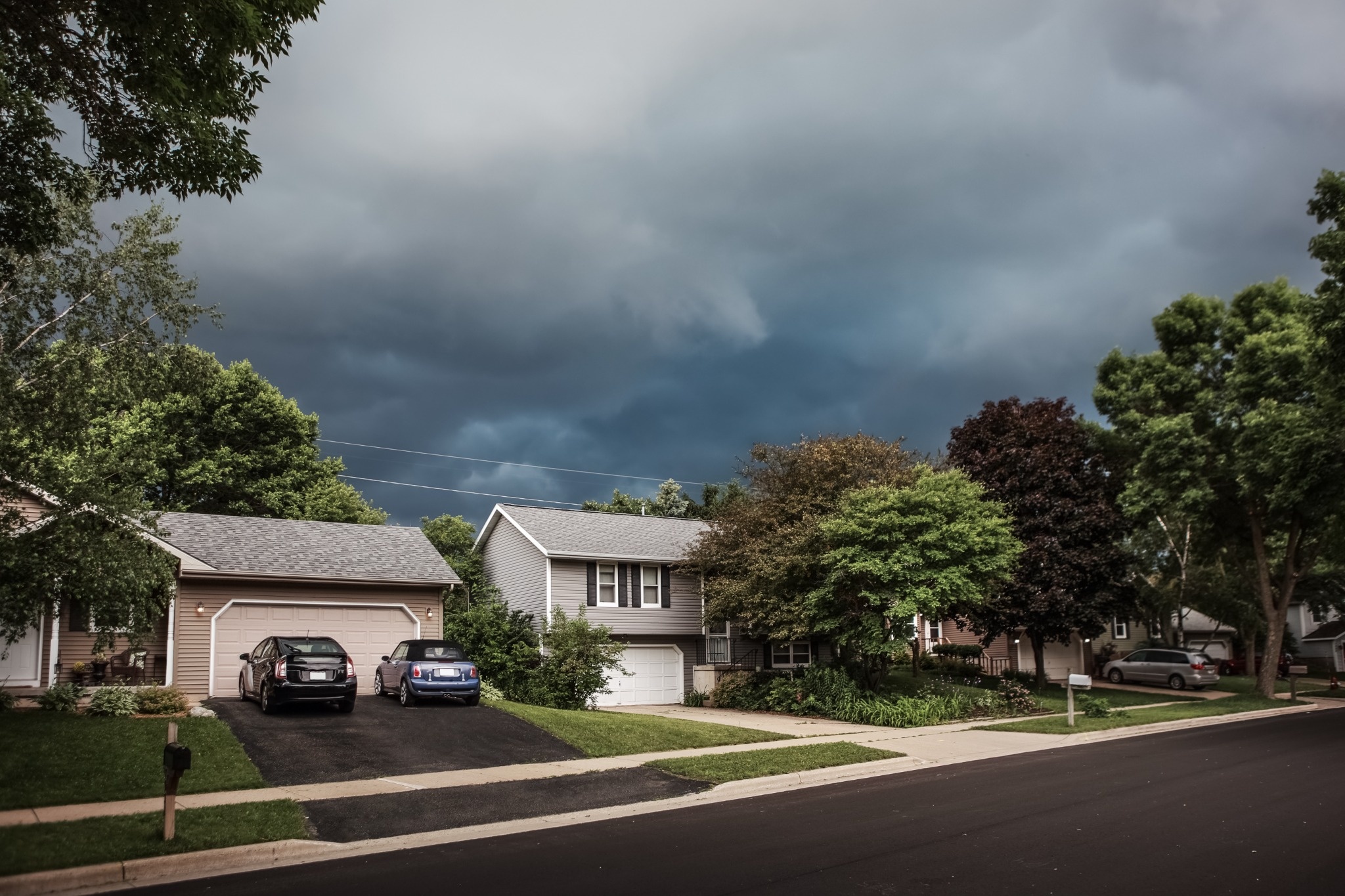Table of Contents
- Understand Your Lifestyle and Needs
- Explore Affordable Alternatives to Premium Materials
- Factor in Installation Costs
- Consider Long-Term Value, Not Just Initial Price
- Shop Smart and Time Your Purchase
- Prioritize Eco-Friendly and Budget-Friendly Options
- Weigh Style Against Practicality
- Maintenance Matters More Than You Think
- Make Flooring Part of Your Long-Term Home Plan
- Final Thoughts
How to Choose the Perfect Flooring for Your Home While Saving Money
Your home deserves a foundation that feels as beautiful as it looks, and your flooring plays a major role in creating that atmosphere. The good news? With the right approach, you can find stunning, durable flooring that doesn’t break your budget and still makes every step feel like an upgrade.
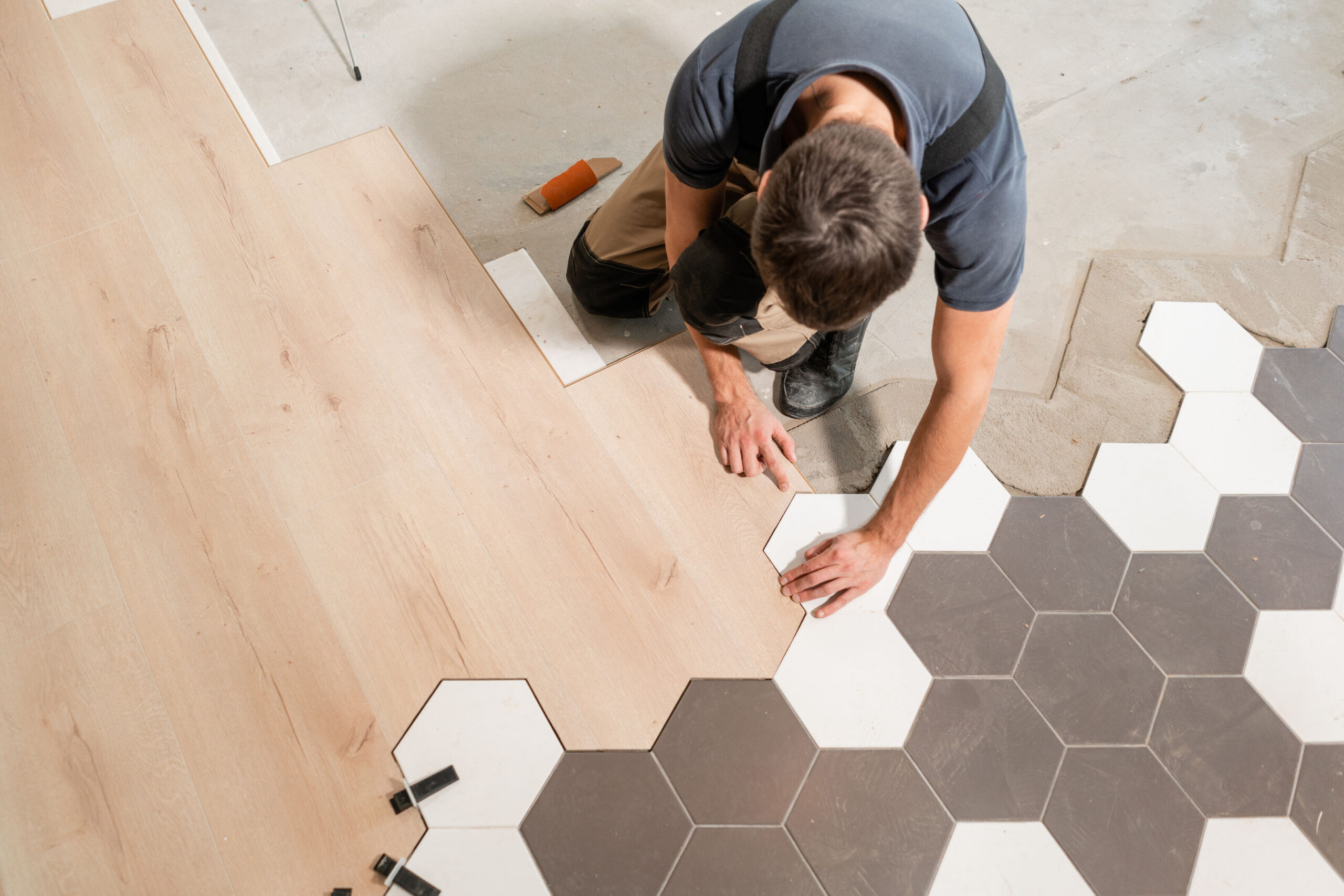
Understand Your Lifestyle and Needs
The first step in choosing flooring is understanding how you live. Do you have kids who constantly spill drinks? Pets that scratch at surfaces? Or do you live a quieter lifestyle where wear and tear is minimal? Your daily routine and household traffic will dictate which flooring materials are practical.
For example, hardwood flooring has timeless appeal and can last decades, but it may not be the best choice for a home with multiple pets since scratches and water stains can accumulate quickly. In that case, luxury vinyl plank (LVP) or laminate flooring may be better choices. Both replicate the look of hardwood without the high maintenance or cost.
Thinking about how each room functions helps narrow your options. Bedrooms may benefit from the warmth of carpet, kitchens require water resistance, and living rooms often call for a balance between durability and style. Matching function to material ensures you’re not spending money on something that won’t serve you long-term.
Explore Affordable Alternatives to Premium Materials
A common misconception is that affordable flooring means sacrificing style. Modern technology has changed that entirely.
Laminate flooring, for instance, has come a long way from its early days. It now offers highly realistic wood and stone designs at a fraction of the cost. Similarly, luxury vinyl tile not only mimics ceramic or natural stone but is also softer underfoot and easier to install.
Even carpets have cost-effective options. Instead of high-end wool, synthetic fibers like nylon or polyester offer stain resistance, longevity, and affordability. They’re also easier to clean, which can save you money on maintenance down the road.
By exploring alternatives, you can achieve the look you love without straining your budget.
Factor in Installation Costs
One of the biggest hidden expenses in flooring isn’t the material—it’s the installation. Hiring professionals can significantly raise your costs, especially for intricate options like tile or hardwood.
If you’re open to DIY, some flooring materials are specifically designed for ease of installation. Laminate and vinyl planks often come with click-lock systems, allowing homeowners with basic tools to handle the job. This alone can save hundreds or even thousands of dollars.
However, DIY is not always the right path. If installation requires special adhesives, leveling, or cutting, mistakes can lead to higher long-term costs. It’s wise to compare both professional quotes and DIY possibilities before making a final decision.
Consider Long-Term Value, Not Just Initial Price
The cheapest option at the cash register isn’t always the most affordable in the long run. Think about durability, lifespan, and maintenance costs when weighing your decision.
For instance, while carpet may cost less upfront, it typically needs replacing more often than hardwood or vinyl. Similarly, inexpensive tile may crack or chip if poorly manufactured, requiring costly replacements.
Flooring that lasts longer can actually save you money, even if the initial investment is higher. Hardwood flooring can be refinished multiple times rather than replaced. Vinyl flooring often comes with 15- to 20-year warranties, making it a solid mid-range choice for value and durability.
To put it in perspective:
- Carpet averages $3–$5 per square foot installed, but may need replacing every 8–10 years.
- Vinyl plank flooring runs about $4–$7 per square foot installed and can last 15–20 years.
- Hardwood costs between $8–$12 per square foot installed, but with refinishing, it can last over 50 years.
When viewed over decades, hardwood often proves to be the best long-term investment.
Shop Smart and Time Your Purchase
Saving money on flooring doesn’t only come down to what you buy, but when and where you buy it. Retailers often run seasonal promotions, particularly during spring and fall when home renovations spike. Holiday weekends are also prime times for discounts.
Additionally, don’t overlook online marketplaces or clearance sections at big-box stores. Many sellers offer overstock, discontinued lines, or slightly imperfect batches at steep discounts. The imperfections are often barely noticeable but can shave hundreds off your total cost.
For those willing to negotiate, visiting local flooring retailers and asking about price matching or bulk discounts can also pay off. Some stores will even throw in free underlayment or delivery if you ask. Don’t hesitate to ask what promotions are coming up—you might score a better deal simply by waiting a week or two.
Prioritize Eco-Friendly and Budget-Friendly Options
Eco-conscious flooring is no longer limited to expensive boutique brands. Bamboo flooring, for example, is a fast-growing renewable resource that often costs less than hardwood. Cork is another sustainable material that’s naturally cushioned, providing both comfort and insulation.
For those who want affordability and sustainability, recycled flooring options are increasingly available. Some companies specialize in reclaimed wood, which provides a unique character while preventing waste. Others offer carpet tiles made from recycled fibers, which can be individually replaced instead of re-carpeting an entire room.
Not only are these options more budget-friendly over time, but they also contribute to reducing environmental impact—a win-win for homeowners who care about the planet.
Weigh Style Against Practicality
It’s easy to fall in love with the look of a flooring sample in a showroom, but always imagine how it will function in your space. Glossy hardwood might look stunning, but it will also show scratches and dirt more easily. White carpet could brighten a room but may become a nightmare for maintenance if you have children.
Neutral tones and versatile textures are often the best bet for balancing style and practicality. They can adapt to future décor changes without requiring you to replace your floors. Think long-term: flooring is not just a style choice but also an investment in how your home feels and functions.
Maintenance Matters More Than You Think
Maintenance should be a major consideration before purchasing flooring. Some materials require frequent polishing, sealing, or professional cleaning, which adds up over time.
For example, natural stone flooring is durable but porous, meaning it needs regular sealing to resist stains. Hardwood also requires refinishing every few years if it experiences heavy use. Vinyl and laminate, on the other hand, require little more than sweeping and mopping to stay in good condition.
The less maintenance your flooring requires, the more you’ll save both in time and money.
Make Flooring Part of Your Long-Term Home Plan
Think beyond the immediate renovation and consider how your flooring choice fits into your long-term home plan. If you plan on selling within the next five years, investing in attractive, durable flooring can increase resale value. Hardwood, in particular, is a major selling point for buyers, while worn-out carpet may hurt your chances of getting top dollar.
If this is your forever home, prioritize comfort and low maintenance. For instance, radiant-heated flooring beneath tile may be an upfront cost but will provide long-term comfort and efficiency in colder climates.
Flooring is both a financial and emotional investment. Taking the time to choose wisely ensures your home is beautiful, functional, and budget-friendly.
Final Thoughts
Your home is where you live your best memories, and the right flooring helps make it even more inviting. By balancing lifestyle needs, considering long-term costs, exploring alternatives, and shopping strategically, you can find flooring that looks great, performs well, and saves money. With a thoughtful approach, every step you take at home can be on a surface that feels just right—both for your style and your budget.
